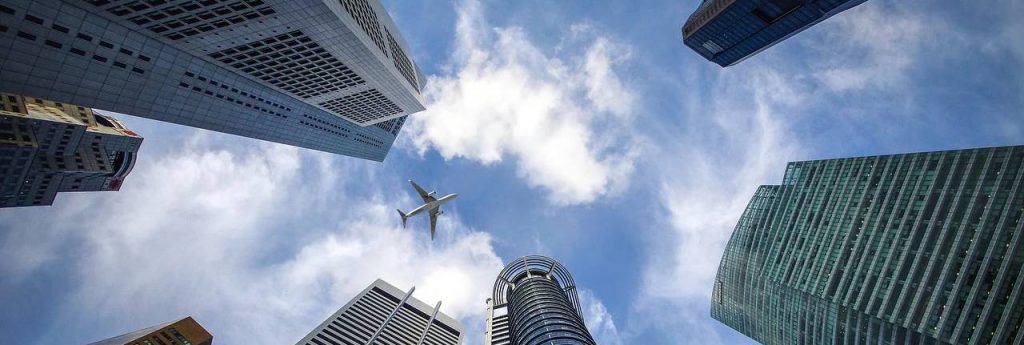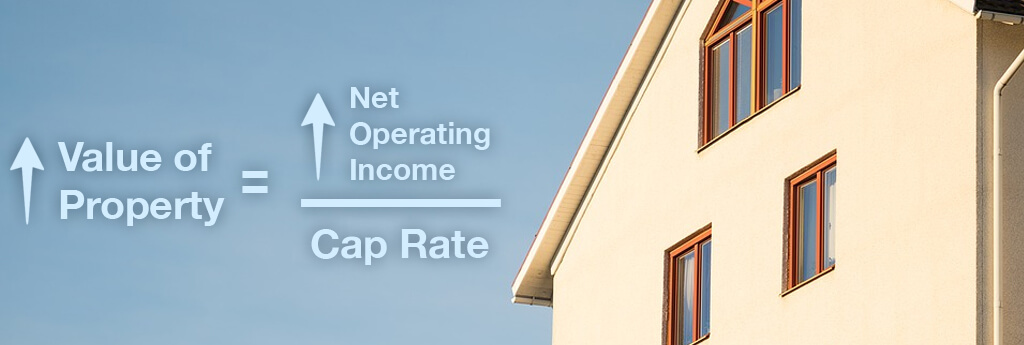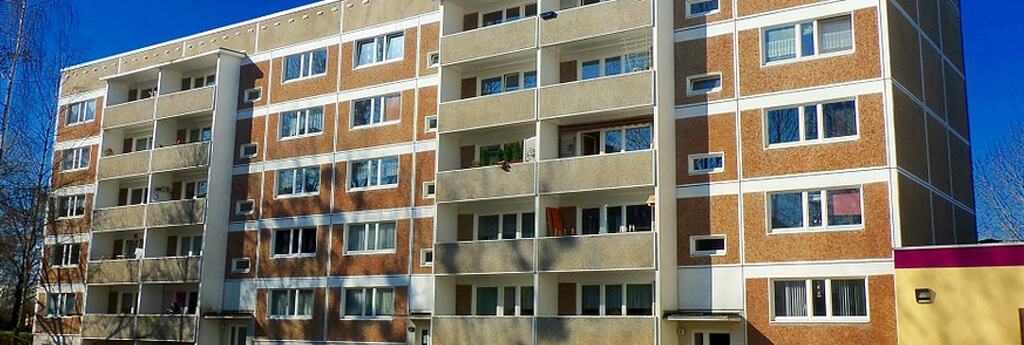Were you building your nest egg through 401(k) or individual retirement account at the start of or during the COVID-19 pandemic? Having just witnessed and experienced the stock market volatility where you almost or had lost the majority of your retirement money before you had the chance to pull them out, you’ve realized investing in the stock market isn’t for you. But what are other investment alternatives? One of these alternatives is investing in multifamily properties.

Top 4 Ways of Investing in Multifamily Real Estate and Receiving “Mailbox Money” through Real Estate Syndication

Investing in multi family real estate is one of the best steps you can take toward building wealth. But how exactly is that wealth built? Where exactly is the passive income coming from? What various distributions can an investor expect with a typical private real estate offering?
The cycle of a multifamily investment causes several different income-producing capital events such that income is made during operations, refinance and sale or 1031 exchange. Many investors will choose to invest with a multifamily syndication group where the organizer is known as the syndicator. Below are top 4 ways investors make “mailbox money.”
1. Cash Flow
Cash flow is the income generated from operations. It’s the revenue generated from rents minus all the costs associated with running the property. The major source of revenue comes from rental income every month, which can also include income from vending machines or onsite laundry facilities. Every month, there are also operational expenses including repairs and maintenance, taxes, insurance, leasing staff salaries, and advertising. After all expenses are paid, the residual income is distributed to the investors. Investors will receive this on a quarterly basis. The cash flow calculation will look similar to this:
| (+) Gross Income (Rents, Storage, Amenities) |
| (-) Operating Expenses (Property Management, Repairs, Taxes, Insurance, Ads) |
| (-) Capital Reserves |
| (-) Mortgage (Principal + Interest) |
| (-) Asset Management Fees |
| (=) Cash Flow Investors Will Receive |
8%, then increasing up to 10-12%.
2. Appreciation of Real Estate Asset

Long-term wealth is created through appreciation. Appreciation is an increase in the asset’s value over time, specifically the gain in value of a property from purchase to sale. There are 2 main types of appreciation. Keep in mind appreciation is taxed at capital gains tax rates, which are lower than income tax rates.
• Market Appreciation
Property value goes up due to the result of increases in population, jobs, and demand and supply in apartments.
• Forced Appreciation
It is exactly what it sounds like. Forced. It is controlled by the actions taken by the owners of multifamily apartments to increase Net Operating Income (NOI) by increasing rental income, decreasing expenses, or a combination of the two.To increase income, owners would purchase a Class B apartment building and make improvements to individual units or to the property as a whole. This way, rents can be increased as long as the market supports it. Thus, any improvement made to the property that increases income, or reduces expenses, will increase appreciation.

Increasing the NOI causes the value of the property to increase as the property value is tied to NOI. When you increase NOI through improvements to the property, you “force” appreciation proportionately. This is one way multifamily apartments differ from single family. At the time of sale or refinance, this appreciation in value is realized for the investor.
3. Principal Pay Down
Another way investors increase their equity in an apartment building is through principal pay down. Most apartment syndication will involve bank financing or leveraging, where a loan is taken out to help purchase the property. Every month, the rental income from tenants is used to pay for both the operating expenses and the monthly mortgage on a multifamily apartment, thereby reducing the outstanding loan balance. This increases the investors’ equity in the property. The increase in equity from principal paydown is also realized at the time of sale or refinance.

4. Tax Benefits
There are many tax benefits for multifamily investors that’s not available to stock and bond investors. At a bird’s eye view, there are 2 types of depreciation.
• Depreciation
Allow owners to depreciate the apartment building value over a 27.5-year time span. The owner is allowed to deduct 1/27.5th of the value from current income each year. From the tax perspective, this depreciation offsets the income earned by the property, thereby reducing your tax liability, especially in the early years of ownership.
• Accelerated Depreciation
Certain items can have accelerated depreciation: cabinets, appliances, and fixtures. It is recommended to hire a cost-segregation professional to identify these items and their value.
Another huge advantage of multifamily investing is the passive income tax treatment. As long as you are not a real estate professional, your real estate income is taxed at passive income tax rates and thus not subject to employment taxes.
Please note, I am not a CPA, tax attorney or a tax expert. For specific questions, kindly consult with your CPA.
These 4 ways allow passive investors to make money in multifamily without lifting a finger. Would you like to receive mailbox money from multifamily investing? Schedule a call with me and let’s begin your journey to financial freedom!


